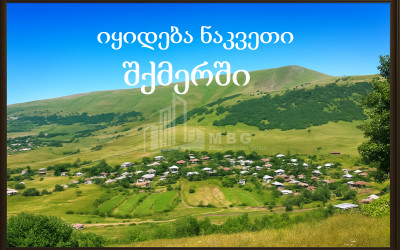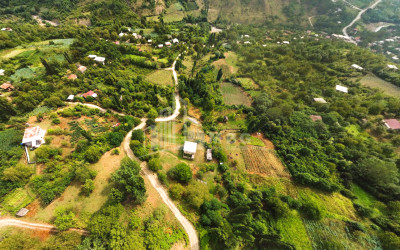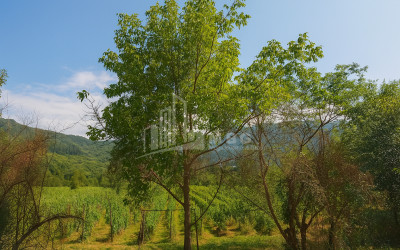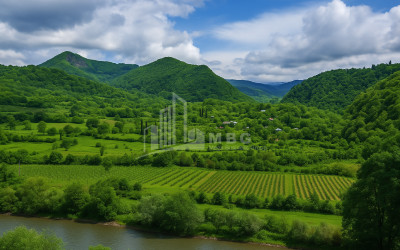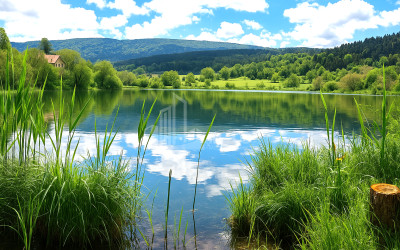Racha-Lechkhumi and Kvemo Svaneti Region - a region in western Georgia
Racha-Lechkhumi and Kvemo Svaneti region consists of three historical regions: Racha, Lechkhumi and Kvemo Svaneti. Racha viticulture-winemaking side is located in the north-east of western Georgia and includes a large part of Ambrolauri municipality and Oni municipality. Vineyards are planted here in the valleys of the Rioni River and its tributaries, on the right and left banks of the Rioni. Racha is bordered by Kvemo Svaneti in the northwest, Ossetia in the north, Shida Kartli in the east, Imereti in the south, and Lechkhumi in the west. Includes villages: Zeda Gvardia, Chrebalo, Chkvish, Chorjo, Mere Tola, Khvanchkara, Bostana, Bugeuli, Sadmel, Khimshi and others.
Lechkhumi is located in the northeast of western Georgia. Lechkhumi is bordered by Racha in the east, Kvemo Svaneti in the north, Samegrelo mountains in the west, and Imereti in the south. Includes Tsageri municipality, villages of three rivers - Rioni, Tskhenistskali and Lajanuri gorge.
Kvemo Svaneti contains the Tskhenistskali gorge from the headwaters to the Moore Bridge. It is bordered by Upper Svaneti to the north and Lechkhumi to the south. It is separated from Upper Svaneti by the High Svaneti Range and the Latfari Zekari.
This beautiful region of Georgia is distinguished by its unique wines. Compared to Kakheti, the vineyards here are cultivated on a fairly small area, but Racha is distinguished from all other regions by quality grapes and very deep, interesting wines.
Khvanchkara microzone is the most important in Kvemo Racha. It starts from the village of Tssebi and continues to the village of Kvishara. In Khvanchkara grapes are harvested when the sugar content is not less than 23%. Almost all the harvest is taken by local enterprises from other regions of Georgia and Khvanchkara wine of appellation of origin is made from it.
Traditionally, in Racha, grapes were crushed in a winepress and sweet was poured into a pitcher (which is called chur in Racha). It was then returned to the winery with chacha and clert, the winery was covered with planks and left like this during the boiling period. After a couple of days, the sweet was returned to the pot. More often the sweet went through the fermentation process completely in the pot. The cap was mixed three times a day, and after the fermentation was over, the wine was left in the jar with the chacha, sealed well, and stored until the spring of the following year, and in the spring the wine was filmed for the first time.
In Lechkhumi, special attention should be paid to the naturally semi-sweet ideal summer wine Tvishi made from Tsolikouri grapes. This wine is the only wine of Lechkhumi region. Excellent dry Tsolikouri is also made from local Tvishi. It is noteworthy in Orbeli Ojale, which is mainly cultivated in the village of Orbeli and its surroundings. It should be emphasized that this variety has nothing in common with Megrelian Ojaleshi. Ampelographers agree that Orbelian ojale is a completely different species. This variety makes very fragrant wines full of wild rose and red fruit aromas. The most valuable Georgian wine, Usakhelouri, which is mainly made in Zubi, Okureshi and Isunder zones, should be especially mentioned.
- includes the territories of the historical-geographical provinces of Racha, Lechkhumi and Svaneti (partially). Racha-Lechkhumi and Kvemo Svaneti region includes the following administrative-territorial units defined by the legislation of Georgia:
- The area of the region is 4954 sq. Km, population - 32 089 people (2014), population density per 1 sq. Km - 6.48 people. The administrative center of the region is the city of Ambrolauri. There are 256 settlements in the region, including:
- City - 3: Ambrolauri, Oni, Tsageri;
- Small town - 2: Lentekhi, Kharistvala;
- Village - 251.
economic
- Most of the country is mountainous and the economy is mainly based on agriculture. The region is developed for horticulture (mainly potato growing, viticulture) and livestock.
- Gross regional product: 107 121.5 thous. GEL
from here:
- Industry - 12 999.5 thous. GEL, 12% of the total product;
- Construction - 10 027 ten. GEL, 9% of GDP;
- Agriculture - 63 300 thousand. GEL, 59% of the total product.
- Services (trade, education, tourism, healthcare, transport, etc.) - 20 795 thousand. GEL, 20% of the total product.
- The share of the country's gross domestic product in the country's GDP is 0.9%.
- The gross regional product per capita is 2207 GEL.
sights
- There are many monuments of nature, architecture and culture in the territory of the region, the most important of which are:
- Nikortsminda Temple
- Barakoni Temple
- Khotevi Castle
- I want a castle
- Multipurpose Church
- Kvaratsikhe

 ka
ka
 en
en
 ru
ru





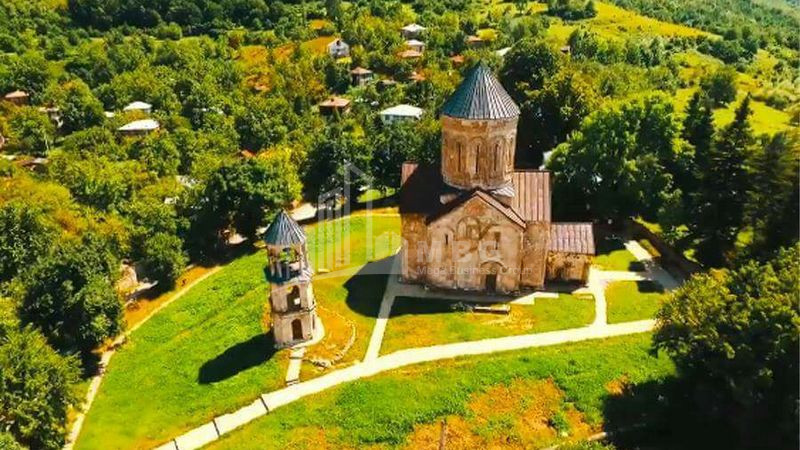
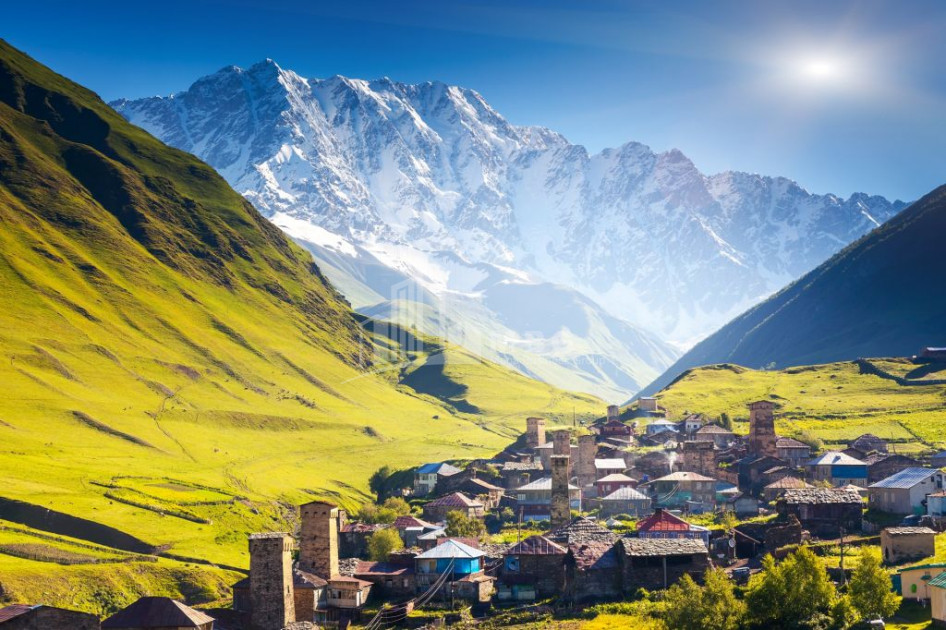
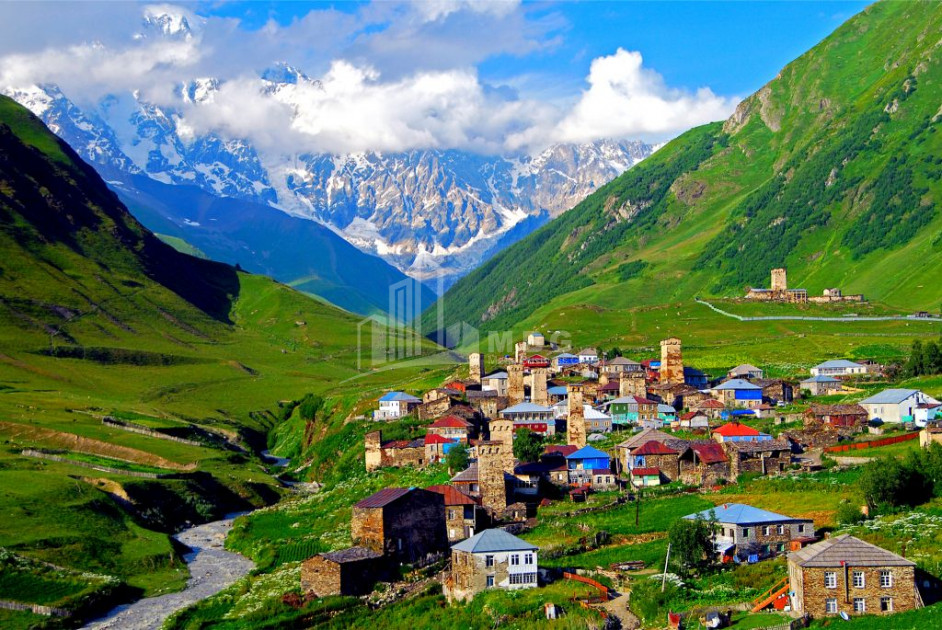
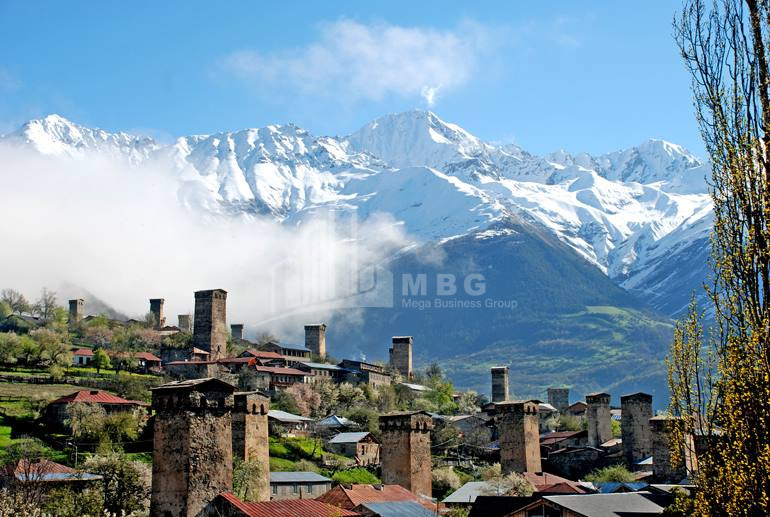
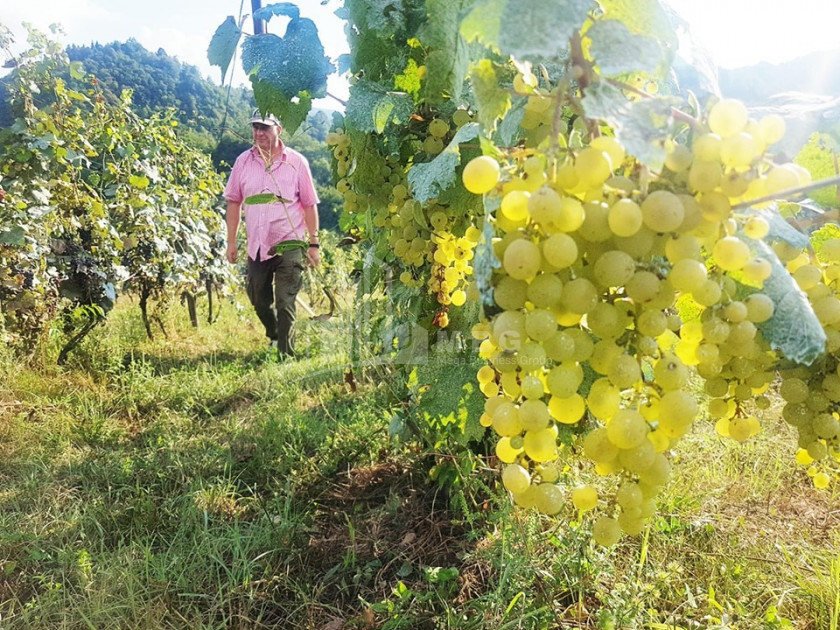
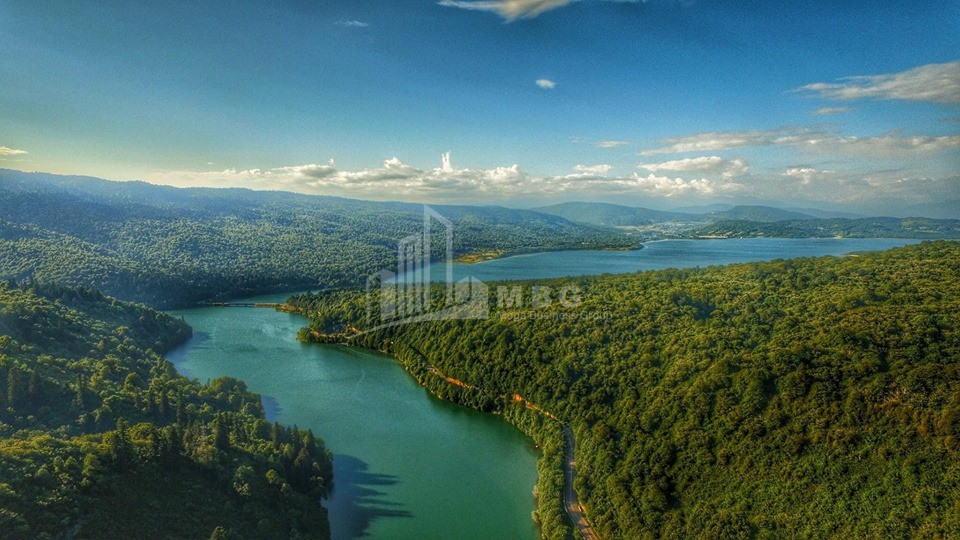

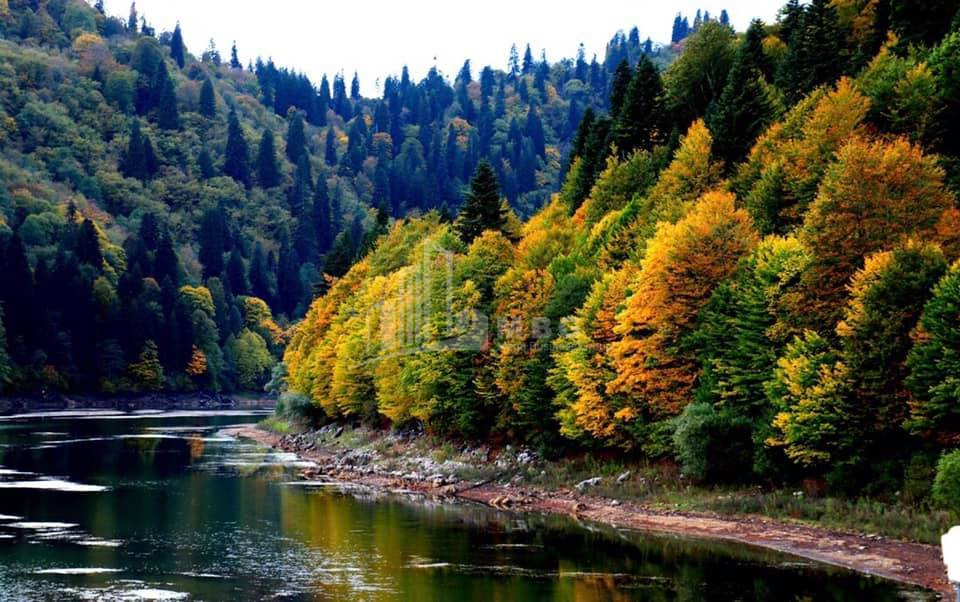
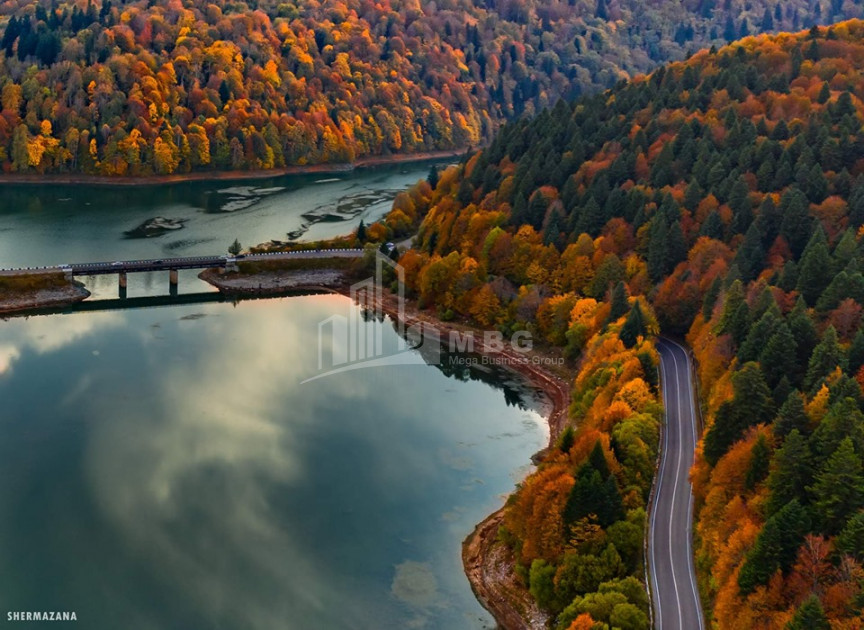
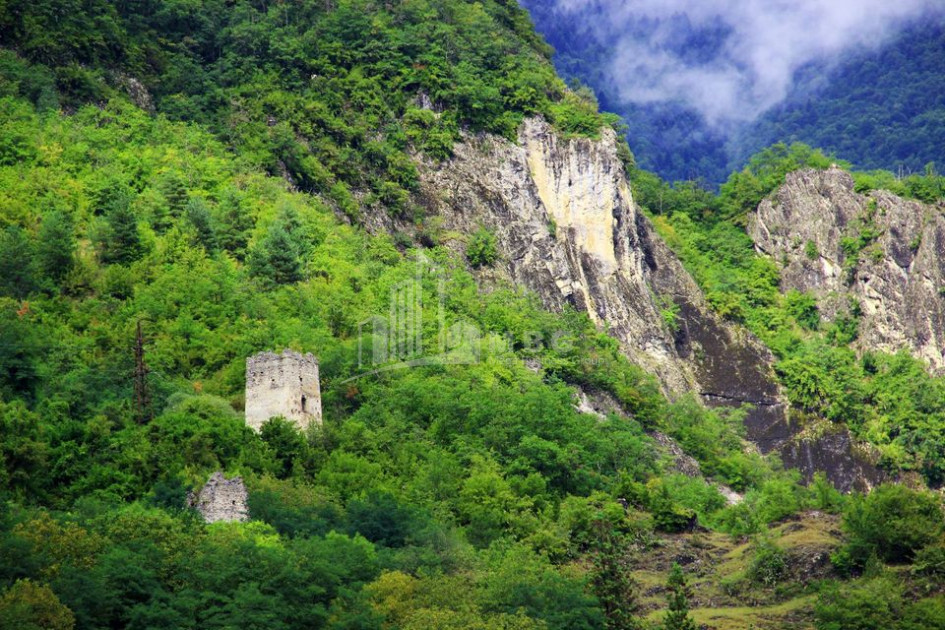
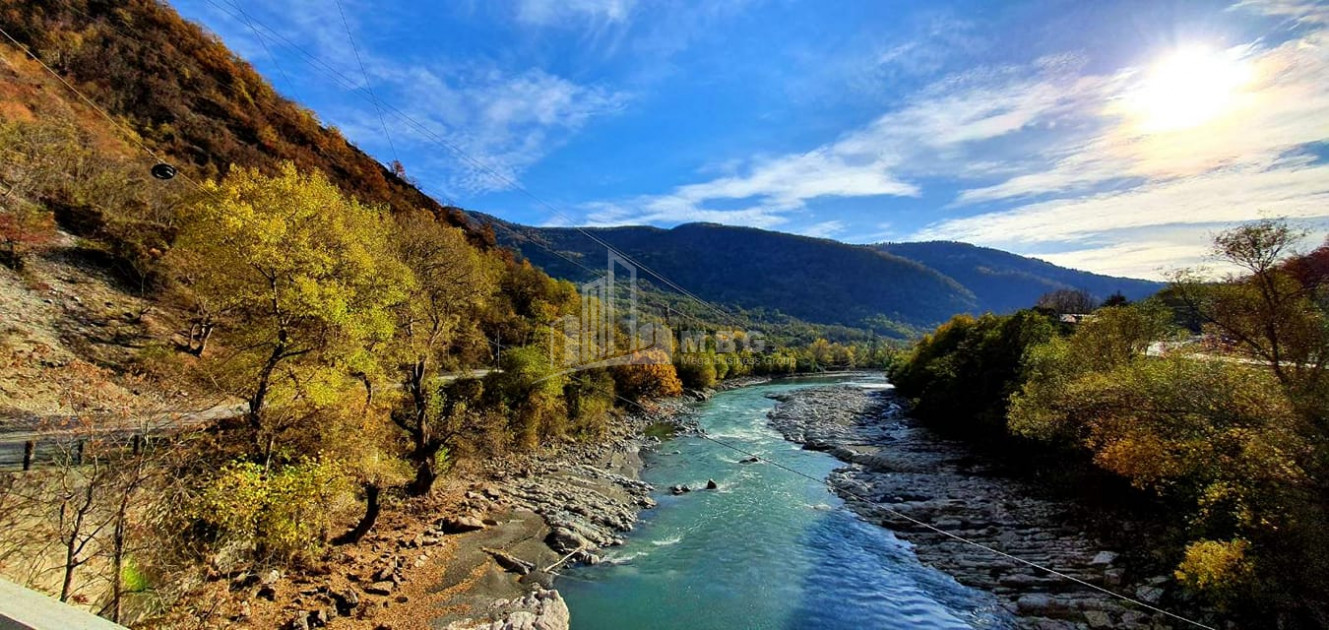
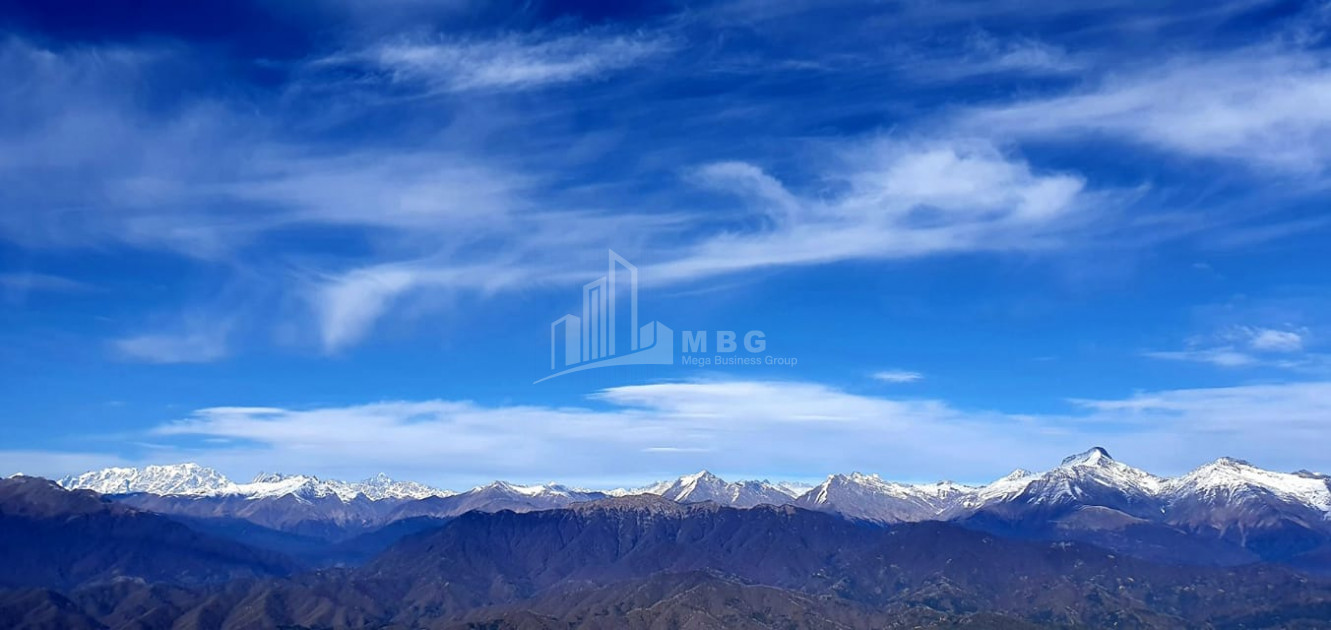
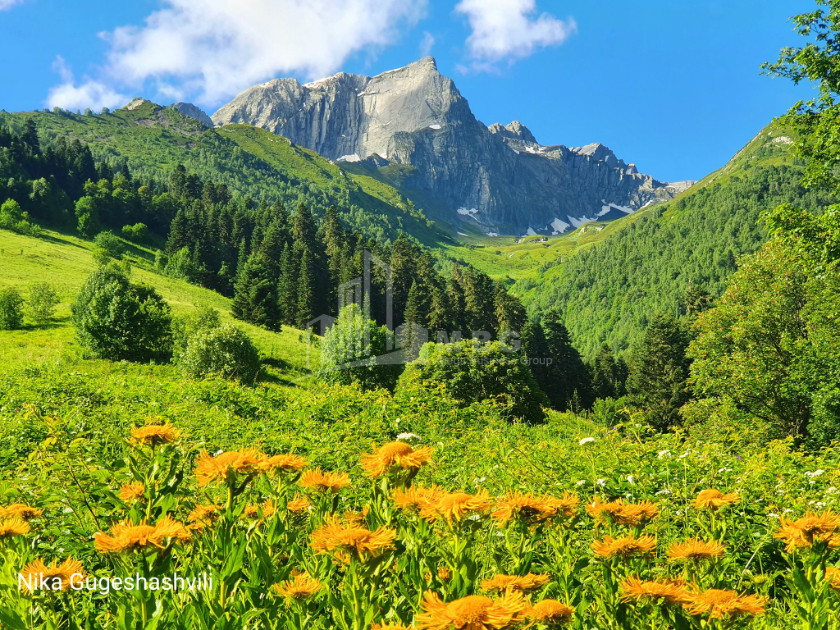
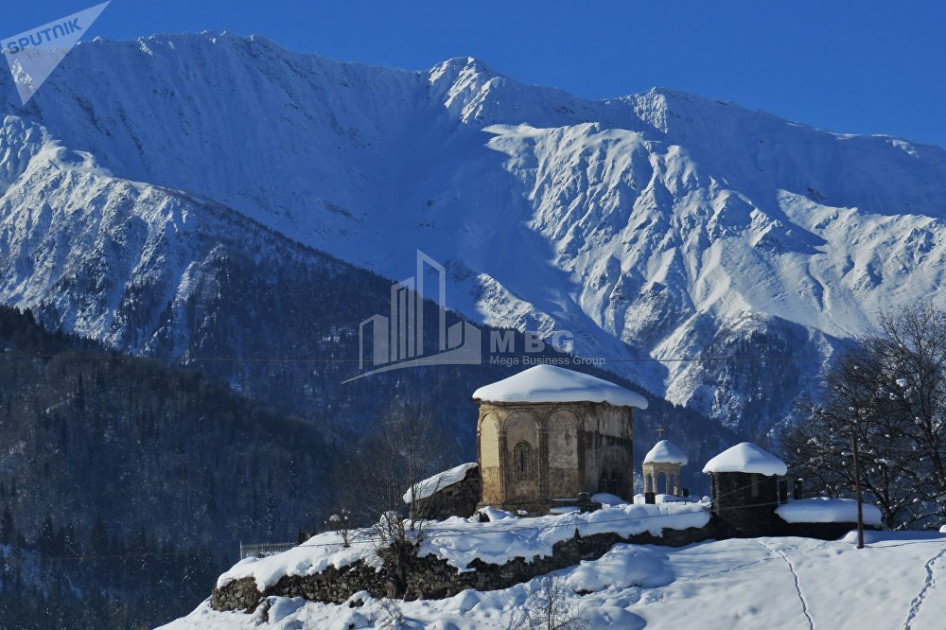
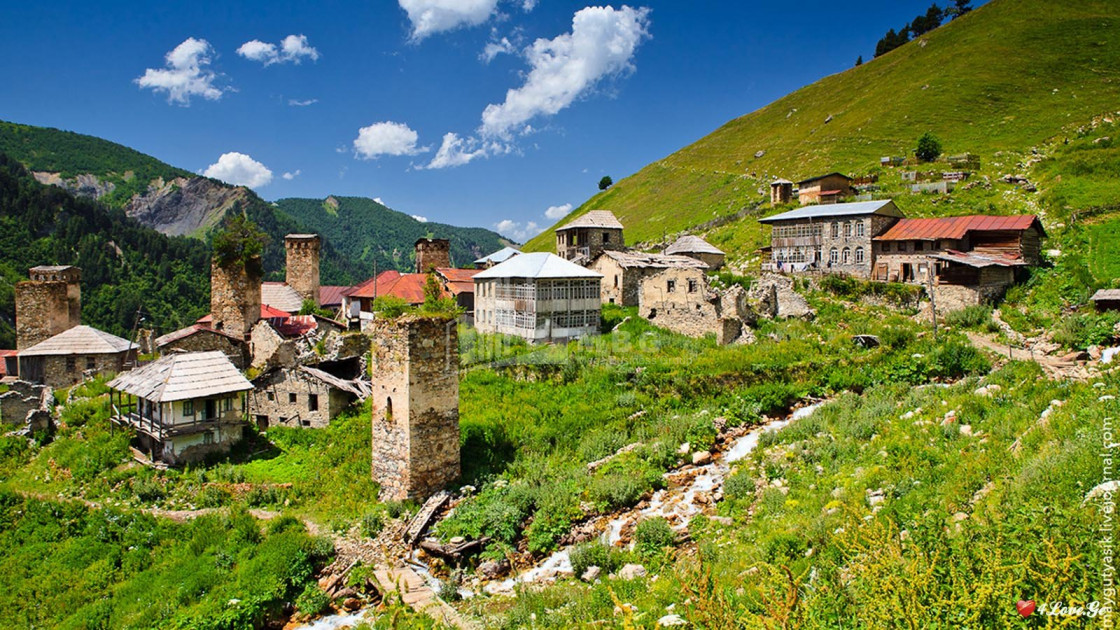
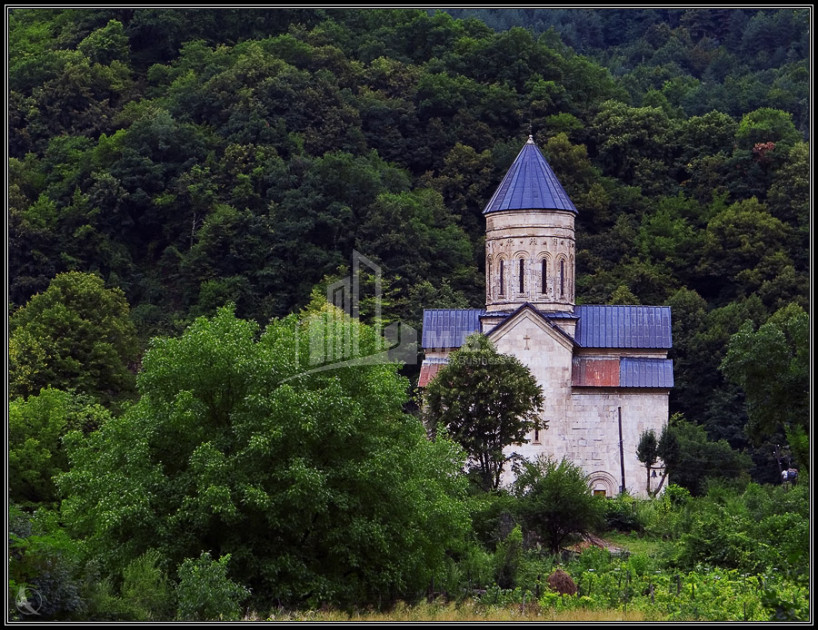
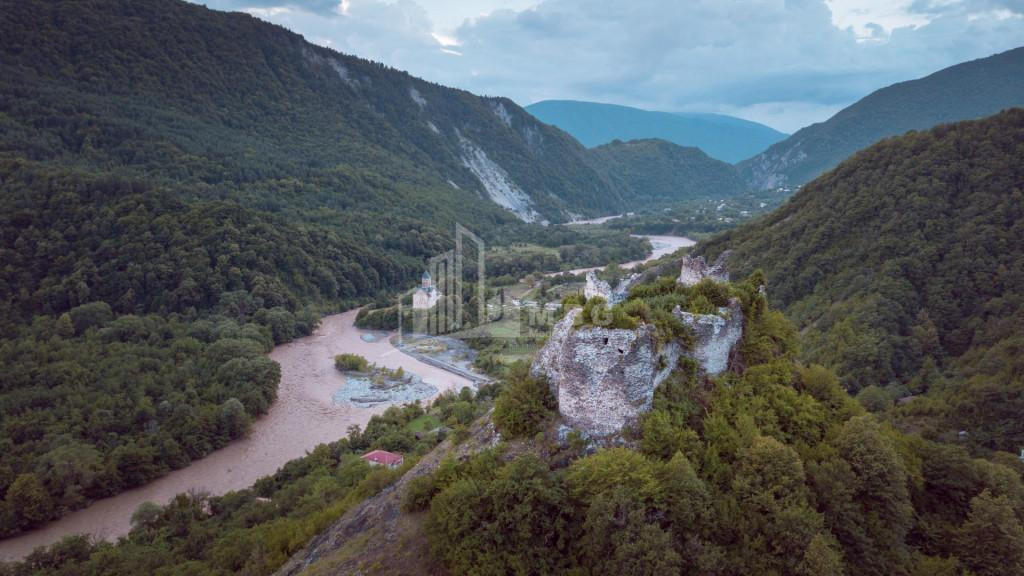
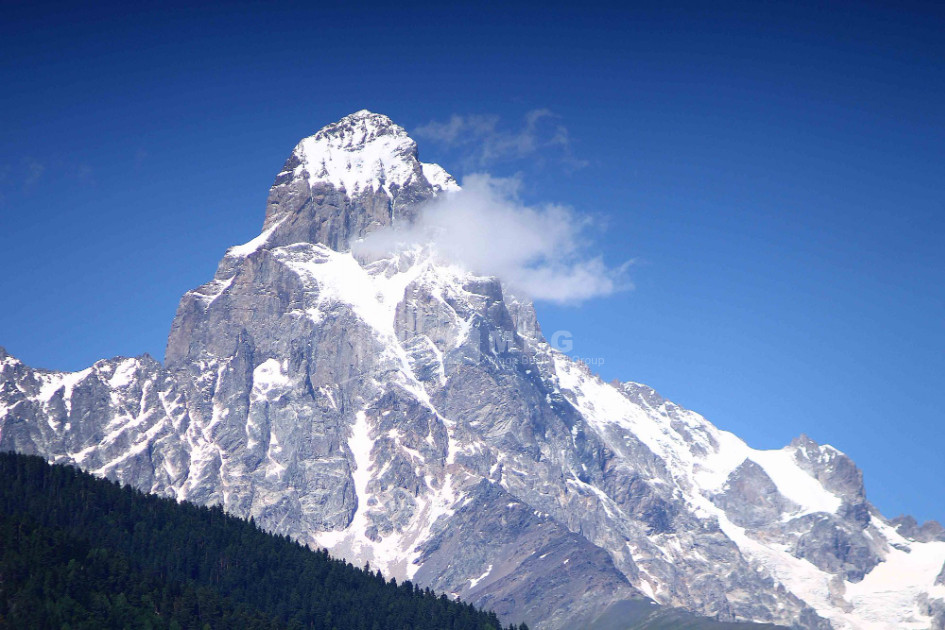
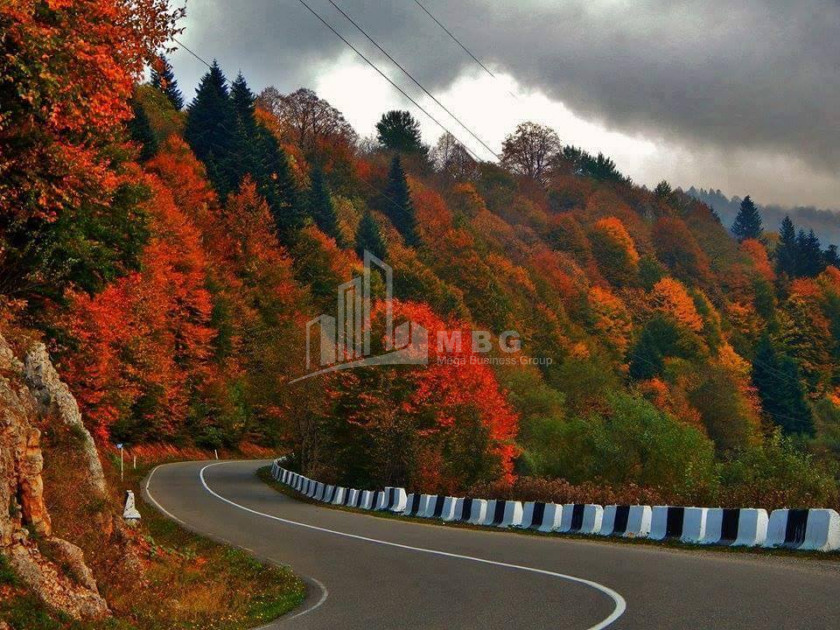
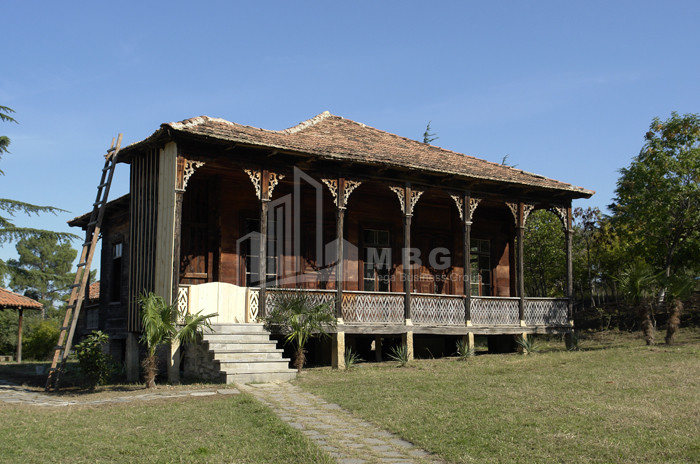
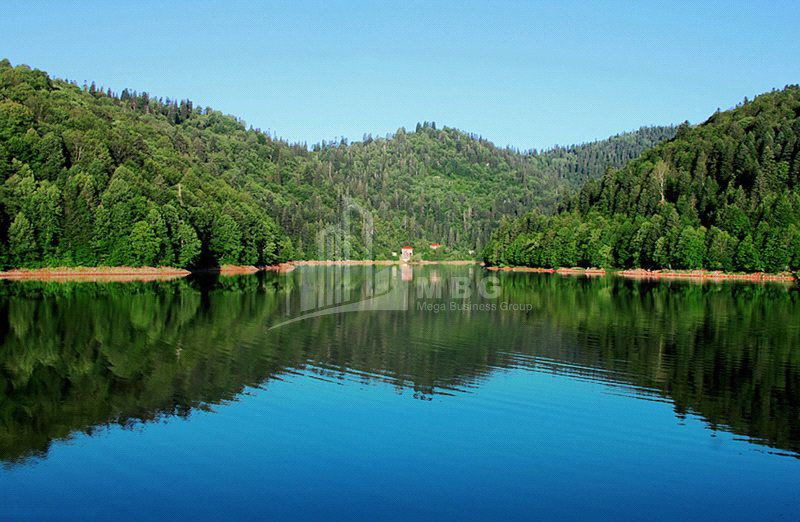
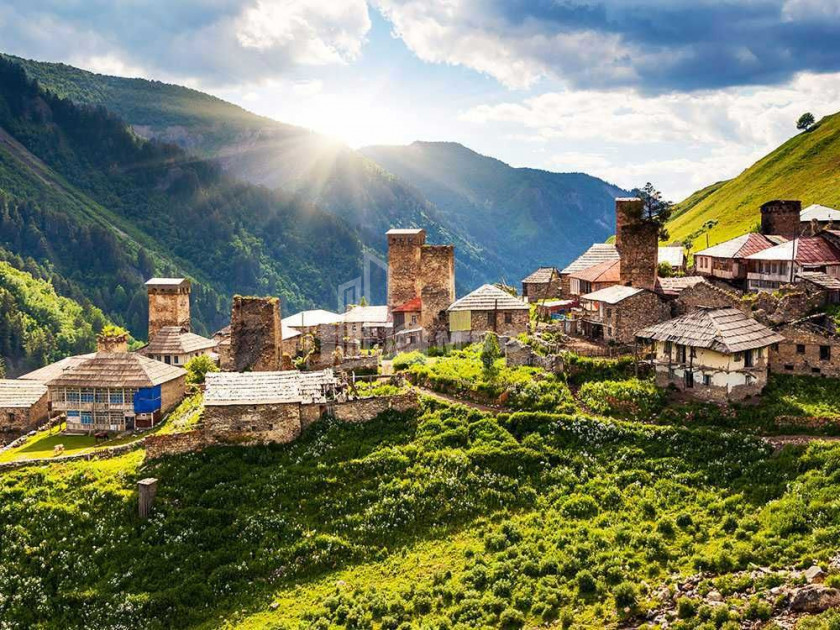
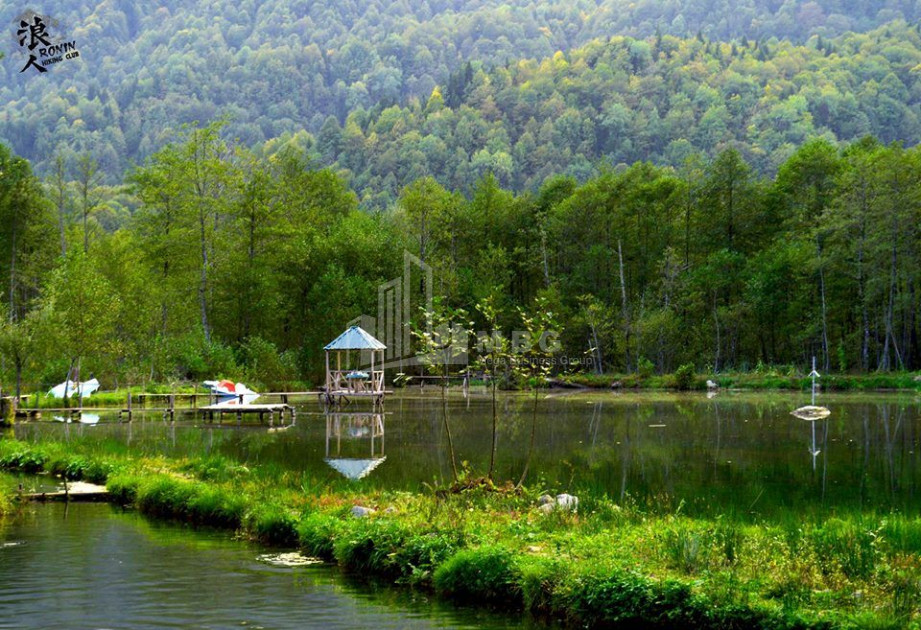
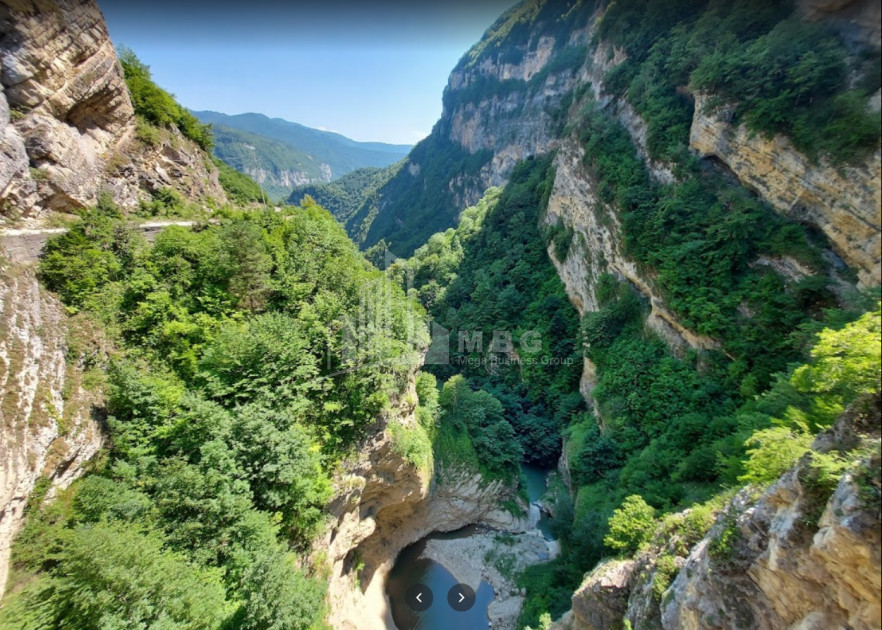



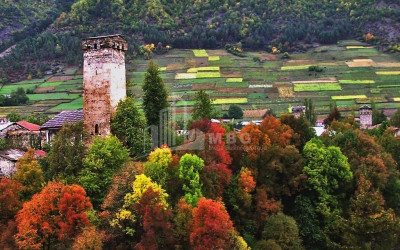






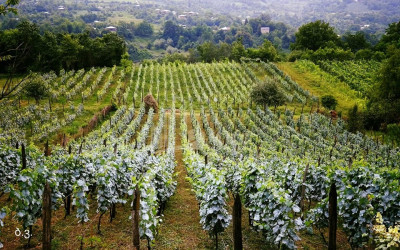

















 38089
38089







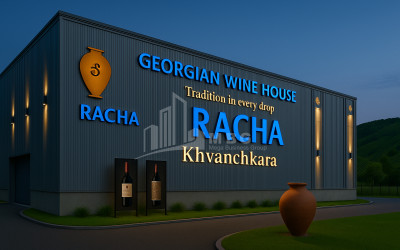
 Ambrolauri
Ambrolauri
